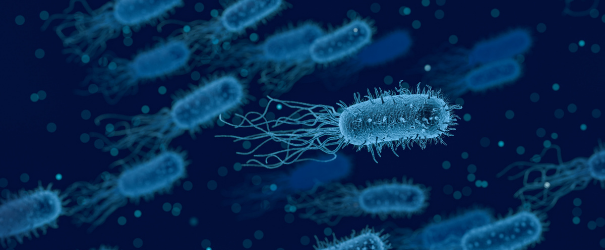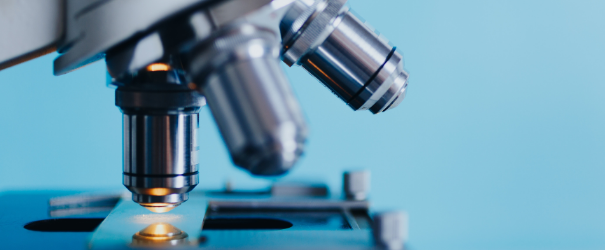
HOW BACTERIA TALK
Bacteria communicate via “signal molecules”. These molecules bind to their counterparts’ receptors, and they fit together like cogs (see magnification). As soon as more molecules are measured, the behavior of this group changes. They will then, for example, start to produce spores or produce a biofilm layer (= slimy extracellular matrix that is composed of extracellular polymeric substances).
Cell communication (AHV International, 2020 – based on Bassler / Keulemans, De Volkskrant, 2017)

QUORUM SENSING (QS)
At AHV, we conduct research on how bacteria can choreograph their actions as a group through quorum sensing (QS). This science explains how bacteria communicate using complex chemical conversations, or signal molecules (see figure 1), to measure the size of their population (Bassler et al., 2005).
When specific bacteria are present in small numbers, their signal molecules are diluted greatly, making performing actions inefficient. However, when there is a high population density, the signal molecule concentration becomes so high that they bind to receptors in bacterial cells (Bassler, 2009).
Then the group can coordinate defense and mount attacks as a group effectively (Reading et al., 2005).
UNDERSTANDING THE ROLE OF BIOFILM IN NATURE
Bacteria collaborate as a group, and biofilm formation is one of the results. But why do they produce these biofilms?
Like all living organisms, bacteria need food, water, and the proper environment to grow and survive. Competition for nutrients is fierce and they need to protect themselves against hostile conditions in the host, or (toxic) substances which will kill them when they are in the planktonic bacterial stage (free-living).



